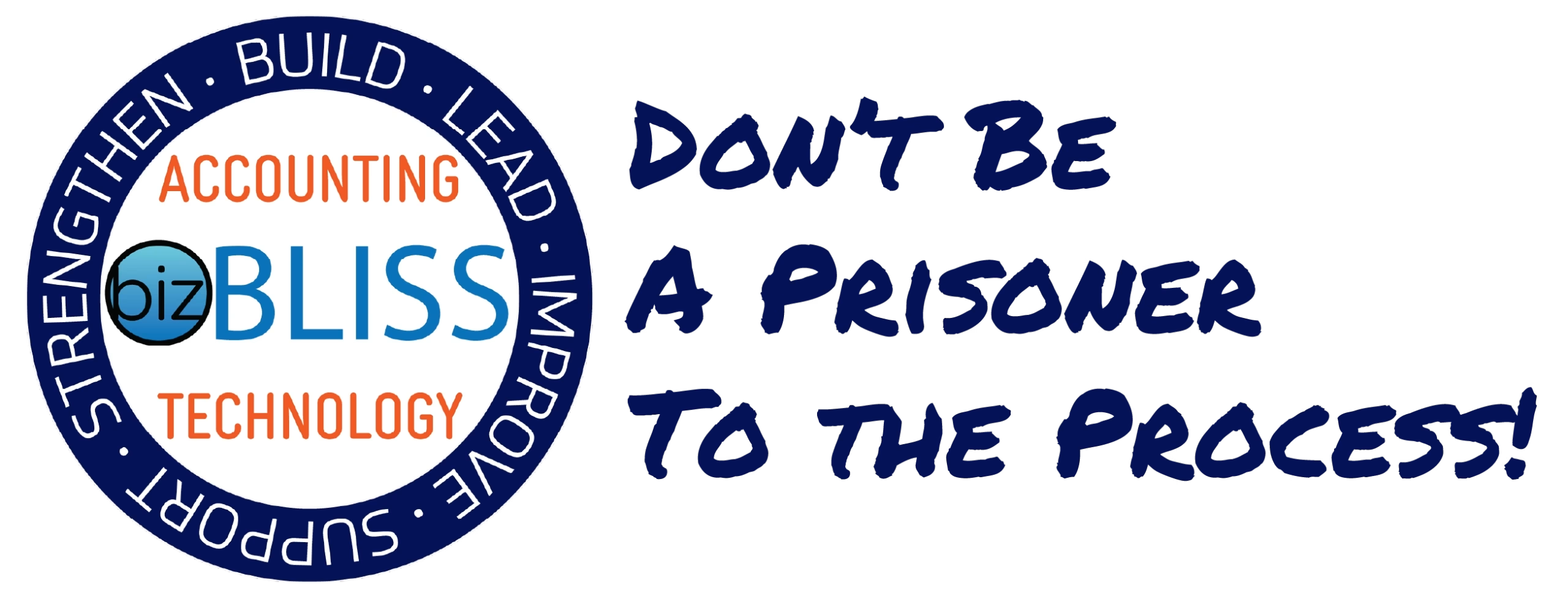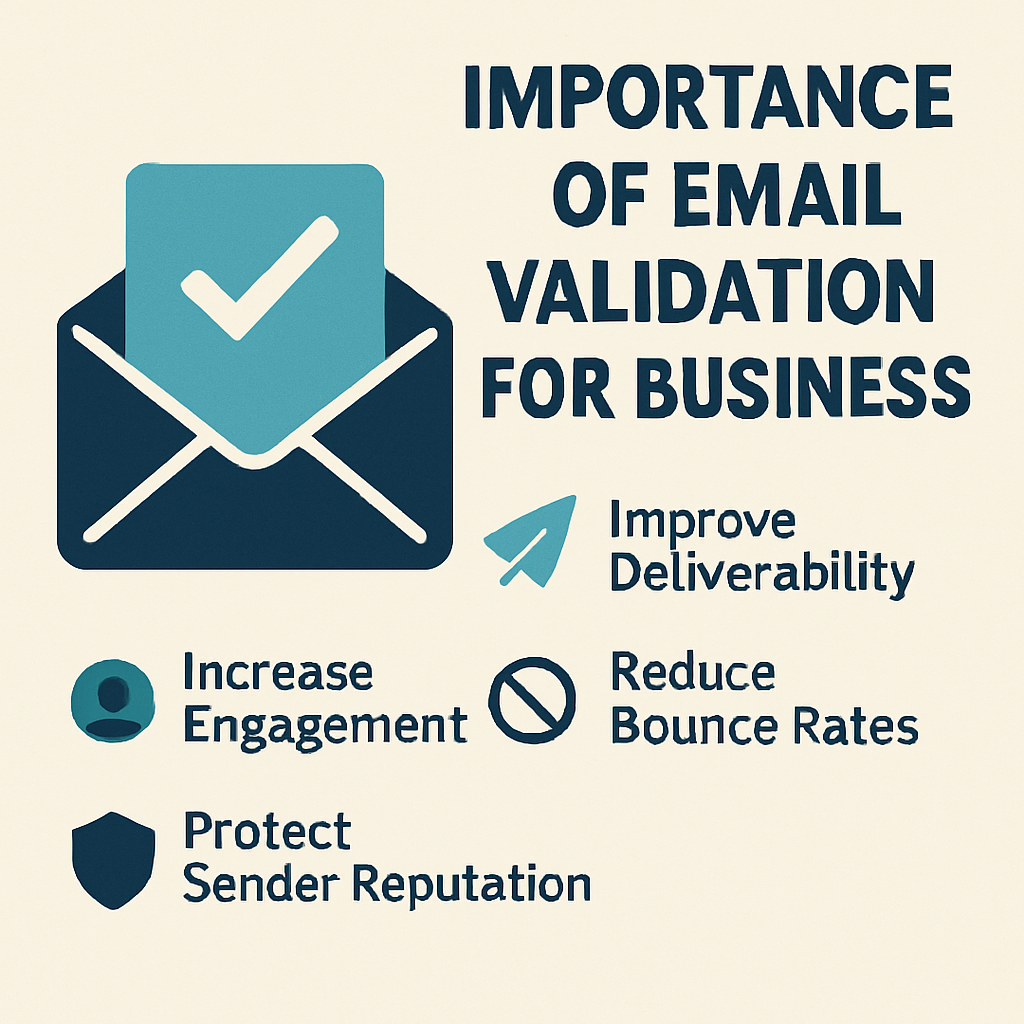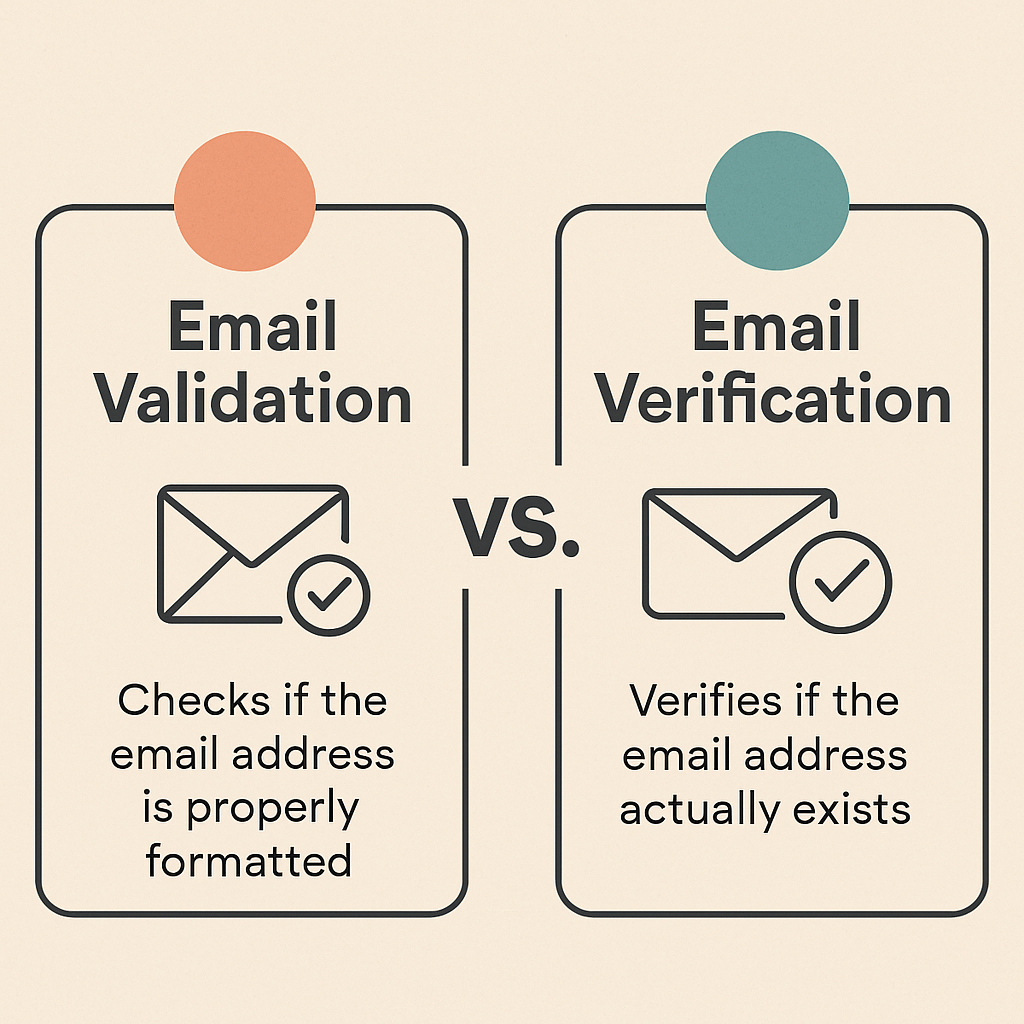Validating Email Addresses: A Step-by-Step Guide

In today’s digital age, email remains a vital communication tool. Yet, not all email addresses are created equal. Validating email addresses is crucial for businesses aiming to maintain effective communication.
Invalid emails can lead to high bounce rates, damaging your sender reputation. This can affect your ability to reach your audience.
Email validation helps ensure your messages land in the right inboxes. It involves checking the format, domain, and server of an email address.
This guide will walk you through the process step-by-step. You’ll learn how to verify if an email is valid. We’ll explore tools and techniques to streamline this process.
Understanding email validation can enhance your business operations. It can also improve customer satisfaction by ensuring messages reach their intended recipients.
Whether you’re a small business owner or a tech consultant, this guide is for you. It offers insights into turning email challenges into growth opportunities.
Let’s dive into the world of email validation and unlock its potential.
Why Email Validation Matters for Your Business
Email validation is more than a technical task. It’s a strategic move for your business. Without it, your communications may not reach their targets, leading to ineffective campaigns.
A clean email list is crucial for engaging your audience. Valid email addresses ensure better deliverability and engagement rates. This directly impacts your marketing effectiveness.
Invalid email addresses can harm your sender reputation. High bounce rates may lead to your emails being marked as spam. Protecting your reputation is essential for maintaining customer trust.
Regular validation also reduces the risk of falling into spam traps. By removing invalid addresses, you minimize the chances of this happening. It helps in maintaining a positive brand image.
Another advantage is cost efficiency. Sending emails to invalid addresses wastes resources. Validating emails ensures you’re spending wisely.
Key benefits of email validation include:
- Enhanced communication
- Protected sender reputation
- Improved engagement rates
Implementing these steps can help transform routine email management into a growth lever for your business. It allows you to focus on building meaningful customer relationships.
Understanding Email Validation vs. Email Verification
It’s easy to mix up email validation and email verification, but they’re distinct processes. Both play vital roles in managing email lists effectively.
Email validation focuses on checking the format and existence of an email address. It ensures that the email address meets syntax standards. This initial step helps identify obvious errors early.
Email verification goes deeper. It assesses whether an email address is genuinely operational. This process involves confirming that the email can receive messages by connecting to the mail server.
Key differences between the two include:
- Email Validation: Checks syntax and domain existence.
- Email Verification: Confirms server and inbox validity.
Together, these processes provide a comprehensive solution. They work hand in hand to keep your email lists clean and efficient. Understanding this distinction empowers you to optimize your digital communication.
The Risks of Invalid Email Addresses
Invalid email addresses can impact your business negatively in several ways. They aren’t just minor nuisances but can lead to significant setbacks.
Firstly, they increase bounce rates. High bounce rates harm your sender reputation with email service providers. This, in turn, impacts deliverability of future emails.
Secondly, wasted resources are a concern. Sending emails to invalid addresses wastes time and money. It reduces the efficiency of marketing efforts.
Additionally, there’s the risk of spam traps. Sending to these addresses can result in blacklisting. A blacklist can severely damage your brand’s credibility.
Consider these potential consequences:
- Increased bounce rates and damaged sender reputation
- Wasted resources due to emails sent to invalid addresses
- Risk of hitting spam traps and subsequent blacklisting
Finally, customer dissatisfaction is a notable risk. A failure in communication can disappoint clients. Ensuring valid addresses helps maintain trust and satisfaction.

Addressing these risks proactively can protect and enhance your business operations.
Step 1: Syntax and Formatting Checks
Ensuring the correct syntax and format is the first step in email validation. This simple check can filter out obvious errors in your list.
Email addresses must follow a specific structure. A typical format includes a local part, an “@” symbol, and a domain. Missing these elements signifies an invalid address.
Syntax errors can arise from typographical mistakes. Common errors include misplaced dots, commas instead of periods, or extra spaces. Each error can render an email invalid.
To perform a syntax check, ensure the following:
- No spaces are in the address
- The “@” symbol is present
- No commas replace periods
Furthermore, dot placement can be tricky. Check for multiple dots in sequence or misplaced within domain or local parts. Such errors are frequent.
Here are additional key points for formatting:
- Verify the length is within acceptable limits
- Ensure the domain follows the format (e.g., .com, .net)

Syntax and format checks are often automated. Using tools streamlines this process, catching discrepancies rapidly. It’s a vital preliminary step in email verification that saves time and prevents further issues down the line.
Step 2: Domain and MX Record Validation
Domain validation follows syntax checks in email verification. It ensures an email’s domain can receive messages. This step confirms if the domain is active and properly set up.
Begin by examining the domain name itself. Is it spelled correctly? Typos are common culprits in invalid emails. A quick manual review can catch these errors.
Next, focus on domain existence. Use DNS lookup tools to verify the domain resolves to an IP address. Non-existent domains mean the email is undeliverable.
Checking MX records is a critical step. These records show if a domain can receive emails. An absent or incorrect MX record suggests issues with email delivery.
When validating MX records, verify:
- The domain has at least one valid MX record
- The priority settings for multiple MX records are correct
DNS record checks uncover additional issues. Verify the domain has valid nameservers. Without them, email delivery becomes unpredictable.

Combining these checks offers a robust validation strategy. It guards against sending emails to unreachable domains. By validating domains and MX records, businesses can maintain a healthy sender reputation, avoiding high bounce rates. These validations form the backbone of a comprehensive email verification process, ensuring emails reach intended inboxes successfully.
Step 3: SMTP and Mailbox Verification
SMTP and mailbox verification are advanced steps in ensuring email deliverability. SMTP, which stands for Simple Mail Transfer Protocol, is key to checking if an email server can accept messages.
Begin with an SMTP handshake. This involves connecting to the email server through an SMTP command. A successful connection indicates that the server is responsive and operational.
Move forward by verifying the mailbox. This step checks if the specific email address exists on the server. During this process, use VRFY and RCPT commands to confirm the address’s existence.
It’s vital to note that some servers disable these commands. They do this to prevent abuse and spam. This limitation means you might need alternative methods for checking mailbox validity.
To bypass these blocks safely, rely on email verification services. They use advanced algorithms to navigate around restrictions. These services also minimize the risk of being flagged for spamming.
The benefits of SMTP and mailbox verification include:
- Reducing the number of bounced emails
- Improving email campaign success rates
- Protecting sender reputation

Thorough verification of SMTP and mailbox ensures efficient and effective email communication. By leveraging these steps, businesses avoid sending emails to invalid addresses. This not only optimizes resource use but also enhances customer interaction through reliable messaging channels.
Step 4: Identifying Role-Based, Disposable, and Scam Emails
Identifying non-personal email types is vital. These include role-based, disposable, and potential scam emails. Each type poses unique challenges for email communications.
Role-based emails, such as info@ or sales@, are often shared. Sending marketing emails to these can lead to low engagement. They are not personal and often fall into spam traps.
Disposable email addresses are short-lived. Users create them to avoid spam, meaning any contact attempts will fail after a brief period. Detecting and removing these helps keep lists clean.
Here’s how to pinpoint these challenging email types:
- Role-based emails: Recognize commonly used roles like support@, admin@, and contact@.
- Disposable emails: Identify domains associated with disposable services, such as Mailinator and GuerrillaMail.
Scam emails present a risk of fraudulent activity. Check domains and syntax anomalies to identify suspicious addresses.
To further enhance identification:
- Watch for syntax errors or odd domain endings.
- Utilize scam email checker tools to detect potentially dangerous addresses.

By recognizing these email types, businesses improve their communication quality. Removing them from lists ensures messages reach real, interested recipients. This effort ultimately strengthens relationships and builds trust.
Step 5: Using Email Verification Tools and APIs
Email verification tools simplify the validation process. They automate checks, providing accurate and timely results. These tools help manage email lists efficiently.
Many verification tools offer free trials. However, they might have limitations. Exploring features ensures you choose the right fit for your business.
APIs are integral in this tech-driven era. They enable seamless integration with existing systems. Through APIs, real-time email validation becomes possible. This aids in maintaining list accuracy.
Benefits of using email verification tools include:
- Automated processing: Reduces manual effort and human errors.
- Scalable solutions: Accommodates growing email lists easily.
Tools often provide insightful data analytics. These reports offer valuable metrics. They help in making informed business decisions.
Here’s what to consider when selecting email verification tools:
- User interface: Opt for tools with an intuitive, easy-to-navigate interface.
- Service support: Ensure responsive customer support is available.

Incorporating APIs into web forms allows real-time validation. It prevents entry of invalid emails at the source. This proactive measure saves time and resources later.
Engaging with comprehensive tools enhances customer satisfaction. Valid emails increase the chances of successful communication. This leads to higher engagement and conversion rates.

Choosing the right tools and APIs is a strategic move. They align technology with business objectives. In doing so, they support a more connected and efficient operational framework.
Step 6: How to Check if an Email is Still Active
Ensuring an email is active prevents communication mishaps. Various methods can verify an email’s activity status. These range from basic tests to advanced tools.
SMTP checks are valuable. They connect to the recipient’s server without sending a message. This reveals if an address is active or inactive.
Another approach is using bounce data. High bounce rates indicate inactive emails. Monitoring these rates helps adjust strategies accordingly.
Regular email engagement is critical for assessment. Tracking open and click-through rates can indicate activity levels. Active emails often show higher engagement metrics.
Here are additional ways to verify email activity:
- Use engagement software: Track recipient interactions and behaviors.
- Set up feedback loops: Identify emails that repeatedly bounce or are inactive.
- Employ list hygiene tools: Regularly update and clean your email database.

Leveraging these methods maintains a dynamic and efficient communication channel. It also enhances the overall effectiveness of marketing campaigns.
Step 7: Bulk Email Validation for Large Lists
Handling large email lists requires special attention. Bulk email validation is crucial for managing vast databases effectively. It streamlines the process, saving time and resources.
Bulk email validation tools provide comprehensive solutions. These tools not only check email syntax but also verify domain and server status, ensuring maximum accuracy. This thorough approach reduces the chances of errors in large-scale operations.
Implementing bulk validation involves selecting the right software. Choose tools that offer high accuracy, speed, and seamless integration with existing systems. The right choice can enhance list quality and engagement rates.
Automated processes are a vital part of bulk validation. These processes allow for continuous monitoring and real-time updates. Automation also facilitates easy detection and removal of invalid entries.
Key features to look for in bulk validation tools include:
- Comprehensive syntax checks
- Domain and server verification
- Integration capabilities with CRM systems

Effective bulk validation not only elevates deliverability but also ensures consistent communication. It becomes an essential strategy for businesses managing extensive contact lists.
Step 8: Real-Time Email Validation at Point of Collection
Real-time email validation plays a pivotal role in capturing accurate data. Integrating validation directly into forms prevents invalid submissions. It enhances data quality from the onset.
This proactive approach saves resources. It reduces the need for extensive database cleaning later. Correct issues before they become problems with real-time verification.
Benefits include immediate user feedback, which prompts corrections. This immediate response improves user experience and boosts satisfaction.
Choose tools that offer seamless integration for real-time validation:
- Compatibility with existing forms
- Instant error alerts for users
- Scalable options for future growth

By validating at collection points, you ensure cleaner lists. This ensures higher engagement and fewer bounces, ultimately supporting your communication strategies. It’s an essential step for dynamic, forward-thinking businesses.
Step 9: Regular Maintenance and List Cleaning
Email lists require continuous attention. Without regular maintenance, data integrity suffers. This leads to increased bounce rates and diminished sender reputation.
Cleaning lists should be a consistent practice. Regular updates remove invalid addresses. This ensures only active recipients remain.
Utilize specialized tools designed for list cleaning. These tools efficiently identify and eliminate stale entries. They automate the process, saving time.
Consider the following for effective maintenance:
- Schedule routine checks
- Automate validation
- Regularly purge inactive addresses

Keeping your list clean enhances deliverability. It also fosters more meaningful engagement with your audience. This proactive care builds trust and reliability in communication. Regular upkeep safeguards your digital reputation and maximizes marketing return.
Step 10: Compliance, Privacy, and Security in Email Validation
Ensuring compliance in email validation is pivotal. Regulatory bodies like GDPR and CAN-SPAM mandate strict data handling protocols. Adhering to these helps maintain trust.
Focusing on privacy is equally crucial. Safeguarding customer information prevents potential breaches. Implement encryption techniques for added security.
Security in email validation involves preventing misuse. Employ protocols that protect against unauthorized access. This reinforces both data integrity and client confidence.
Consider integrating the following practices:
- Adopt encryption methods
- Regularly update security protocols
- Stay informed on regulatory changes

Being proactive in compliance and security fosters a culture of responsibility. It also reduces legal risks and enhances brand reputation. By prioritizing these aspects, businesses can ensure their email validation processes are both ethical and effective.
Choosing the Right Email Validation Solution
Selecting the right email validation solution is vital for business efficiency. With numerous tools available, how do you decide?
Evaluate the features each tool offers. Look for attributes that align with your needs. Consider whether the solution supports both real-time and bulk validation.
Cost-effectiveness is also key. Balance between budget constraints and value-added features. Always factor in customer support quality when making your decision.
Here’s what to prioritize:
- Real-time and bulk validation
- Cost versus features
- Robust customer support

Research thoroughly before committing to a service. Read reviews and ask for demos. An informed choice ensures your email validation aligns with business objectives.
Common Myths and Misconceptions About Email Validation
Email validation is often misunderstood. Myths abound, leading to misconceptions about its purpose and effectiveness.
Some believe that a single check is enough. However, validation is an ongoing process to ensure data quality. Others think email validation invades privacy. In truth, it’s about ensuring accuracy and preventing fraud.
Common myths include:
- One-time validation suffices
- Privacy is compromised
- It’s not necessary for small lists
Understanding these myths helps in applying email validation effectively. Dispel these misconceptions to harness the full benefits of email validation for your business.
Best Practices and Pro Tips for Effective Email Validation
Effective email validation ensures communication efficiency and data integrity. Begin with clear strategies to optimize your validation process.
Firstly, prioritize regular maintenance. Cleaning your email lists routinely minimizes the risk of invalid addresses creeping in.
Consider these best practices:
- Schedule routine validations
- Utilize real-time validation tools
- Segment email lists for targeted validation
Lean on technology to assist in validation. Email verification tools offer automation and precision essential for thoroughness.
Pro tips include:
- Ensure integration with existing CRM systems
- Leverage APIs for real-time checks
- Keep abreast with new verification tech

By implementing these strategies and leveraging the right technology, businesses can transform their email validation process, ensuring optimal communication and higher deliverability rates.
Case Studies: Email Validation in Action
Real-world examples highlight the transformative impact of email validation. Businesses have reaped substantial benefits by incorporating effective validation practices.
Company A, a mid-sized retailer, struggled with high bounce rates. They implemented regular email validation, reducing bounces by 60% and increasing customer engagement.
Another instance involves a startup facing deliverability issues. By integrating real-time validation tools, they improved message delivery and enhanced client retention.
Here are key takeaways from successful implementations:
- Reduced bounce rates leading to improved sender reputation
- Enhanced customer engagement through accurate targeting
- Increased retention and satisfaction

These success stories underscore the importance of adopting robust email validation processes. Businesses can significantly improve their communication strategy, ensuring emails reach intended recipients effectively. As illustrated, investing in email validation yields tangible results, promoting growth and efficiency.
Frequently Asked Questions About Email Validation
What is email validation?
Email validation checks if an email address is correct and able to receive messages. This process helps maintain a clean contact list.
Why is email validation important?
It’s crucial to ensure your emails reach real inboxes, reducing bounce rates and improving sender reputation. Valid emails mean fewer wasted resources.
How often should I validate my email list?
Regularly. Ideally, clean your list before significant campaigns and after adding new contacts. This keeps data accurate and up-to-date.
Can I validate emails manually?
While possible, manual validation is time-consuming and error-prone. Automated tools offer more efficiency and accuracy.
Are there free email validation tools available?
Yes, several free tools can check email validity. However, these may have limitations compared to paid options.
Key considerations include:
- Efficiency of tools
- Manual vs. automated methods
- Maintaining regular validation schedules
These frequently asked questions reflect common concerns, providing clarity on email validation practices. Addressing these queries can guide businesses in refining their approach toward successful email management.
Conclusion: Turning Email Validation Into a Growth Opportunity
Email validation is more than a technical task. It’s a strategic tool that fuels business growth and efficiency. Validating email addresses ensures precise communication, which builds customer trust and engagement.
Incorporating email validation into your operations can minimize waste and maximize returns. The process effectively guards against spam traps, preserving your brand’s reputation. These benefits demonstrate the pivotal role email validation plays in business success.
To leverage email validation fully, consider these strategies:
- Adopt real-time validation at data collection points
- Regularly clean and maintain your email lists
- Use advanced validation tools or APIs
Through consistent validation practices, you transform potential obstacles into valuable growth opportunities. Embracing these proactive measures elevates your operational capabilities and customer satisfaction, setting your business on a path of continuous improvement.


